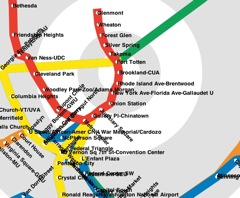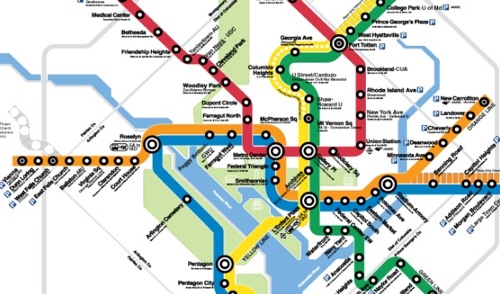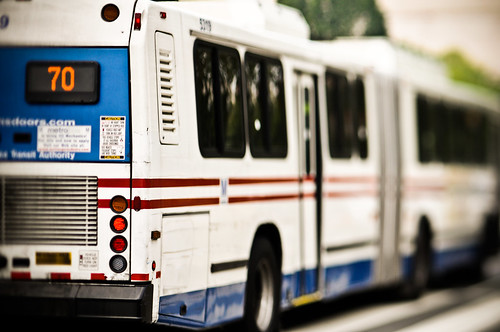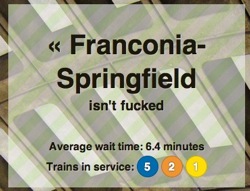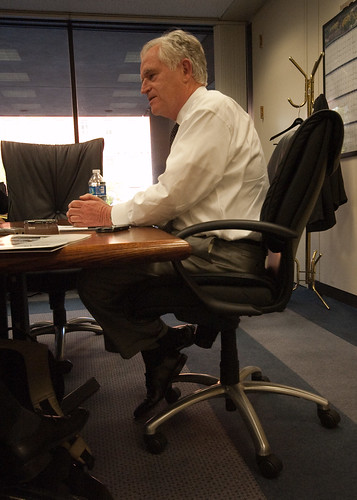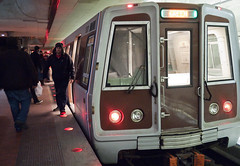DCist and GGW have both weighed in on today’s Parkmobile email blaming an increase in their service costs on Dodd-Frank. If you’re scratching your head about what a law largely addressing Wall Street behavior has to do with your parking meters then you’re a pretty reasonable person.
Here’s the answer as it’s grounded in reality, though you need to follow a chain of events: one of the few Dodd-Frank aspects that came close to directly impacting consumers was an extension of authority to the Federal Reserve to make sure that credit card swipe fees were “reasonable.” The swipe fee is the base charge the merchant pays when you buy something by credit or debit card – you swipe and the merchant pays a base processing fee plus a percentage of the purchase.
If you’re buying a flat-screen tv then the percentage, called a discount rate and usually in the 2% range, is the big chunk. If you’re selling gum or slurpees, however, then the approximately $0.30 swipe fee is the big deal. But you as a merchant suck it up and accept it because consumers are paying more and more with plastic even while the credit card companies spend millions to run commercial that portray people paying with cash as slow line-clogging buffoons.
However one thing that has stuck in a lot of people’s craws for a long time was the banks continuing to charge swipe fees on debit card purchases that were just as high as the credit cards. They felt that since the bank had instant access to the consumer’s balance and were at a lower risk for fraudulent charges that they should see some decrease in their side of the equation too. Card processors said no thanks, we kinda like this billions-a-year with low-risk thing.
Schumer’s Durbin’s amendment was just one more salvo in this war which has included lawsuits and other sabre-rattling. The Fed was now in the business of setting a price and they settled on around $0.21 though there’s some additional complexity.
The common-sense reaction to this, then, would be “then why didn’t my Parkmobile costs go DOWN?” Well, because debit cards aren’t the only part of the equation. The banks liked their profit margins, so when that revenue stream dried up they took two actions – they cut back on debit card rewards programs and they raised prices in some other areas… including costs related to charge cards.
You can argue whether or not it’s a good thing that those other areas had been cheaper when money was being made off the debit card users. Certainly if your style of credit use meant you are now paying more then it seems like not such a great move. But the bottom line is this: Parkmobile is raising costs because, presumably, the bottom line went up.
So if you get to here and ask “then why didn’t Parkmobile just say that the fee was going up because credit card processing costs were going up rather than mentioning Dodd-Frank?” Well, that’s where the ax grinding part comes in. When you’re a company under a larger umbrella that works in areas of “product management, domestic and cross-border expansion, government relations and the capital market” and your founding partners have been in bed with Goldman Sachs and other private equity firms… then maybe you’ve got larger feelings about financial regulation than just what a credit card charge costs. So why not stir the pot and point some fingers at something you’re not all that fond of anyway?
UPDATE 26 October 4:23p – I mistakenly identified this as an amendment to Dodd-Frank originated by Schumer; that’s incorrect, it was Durbin.

